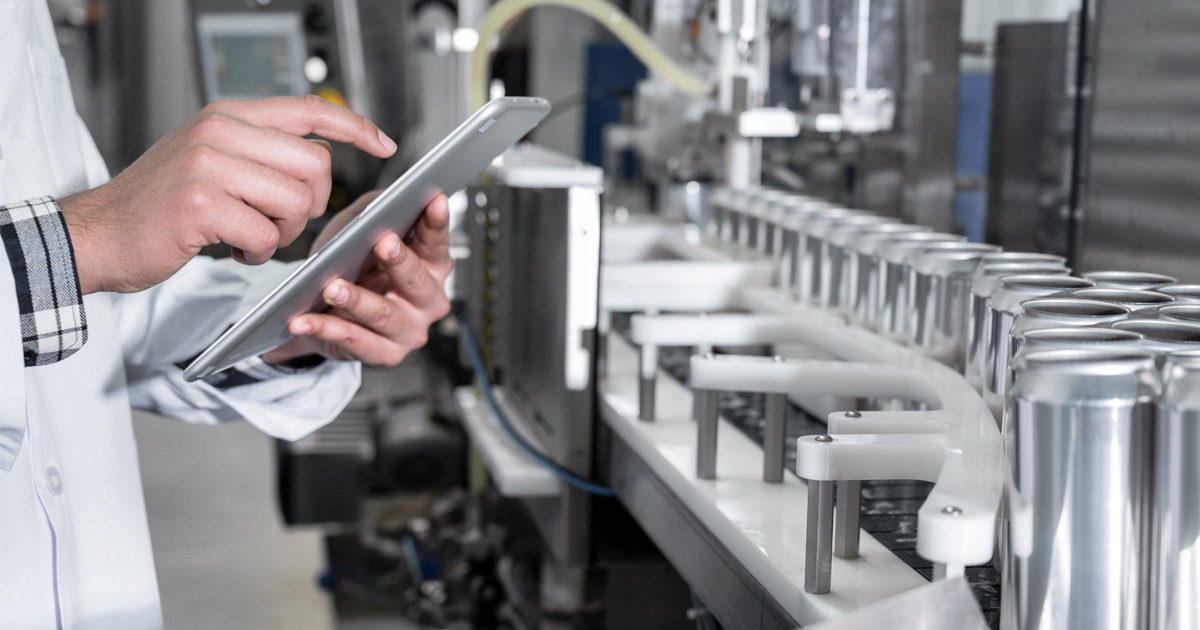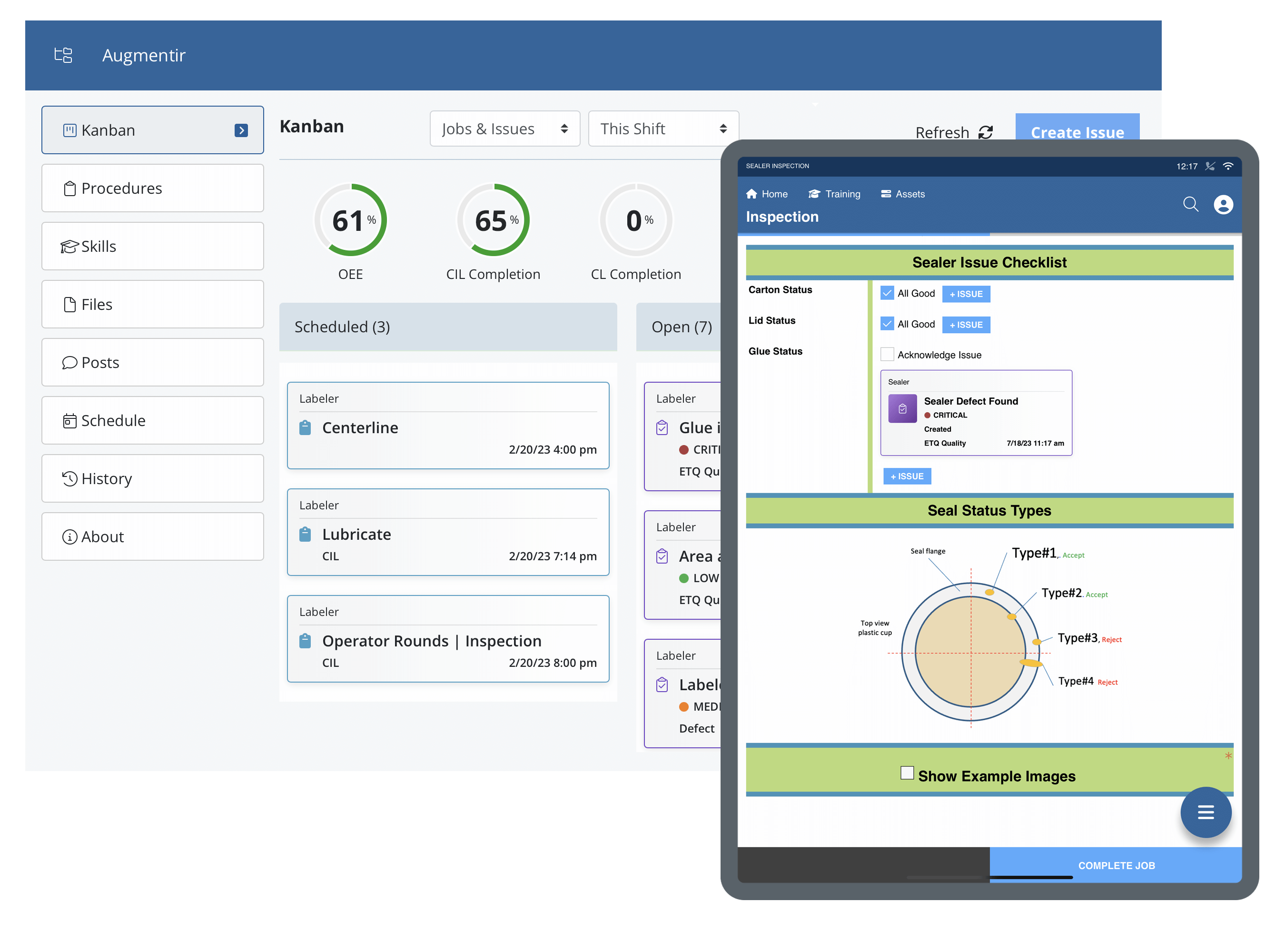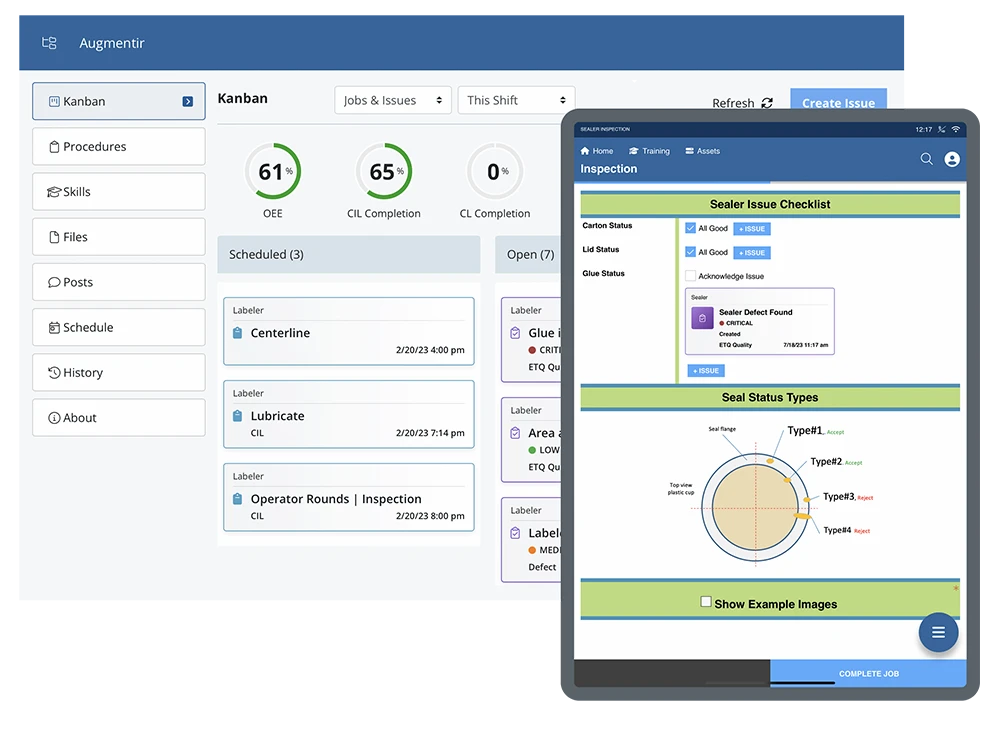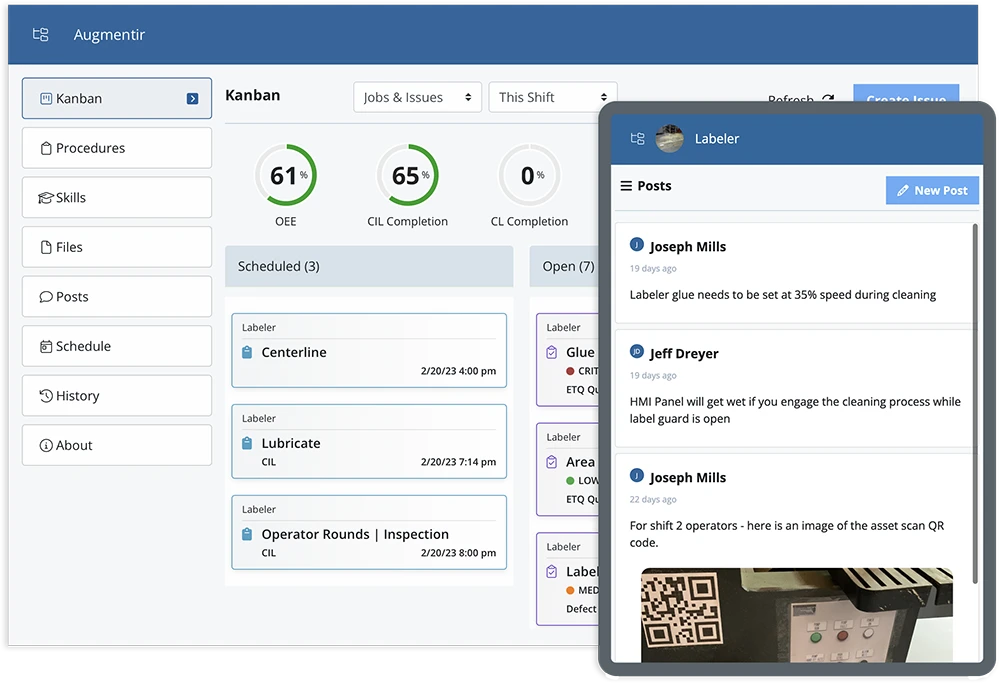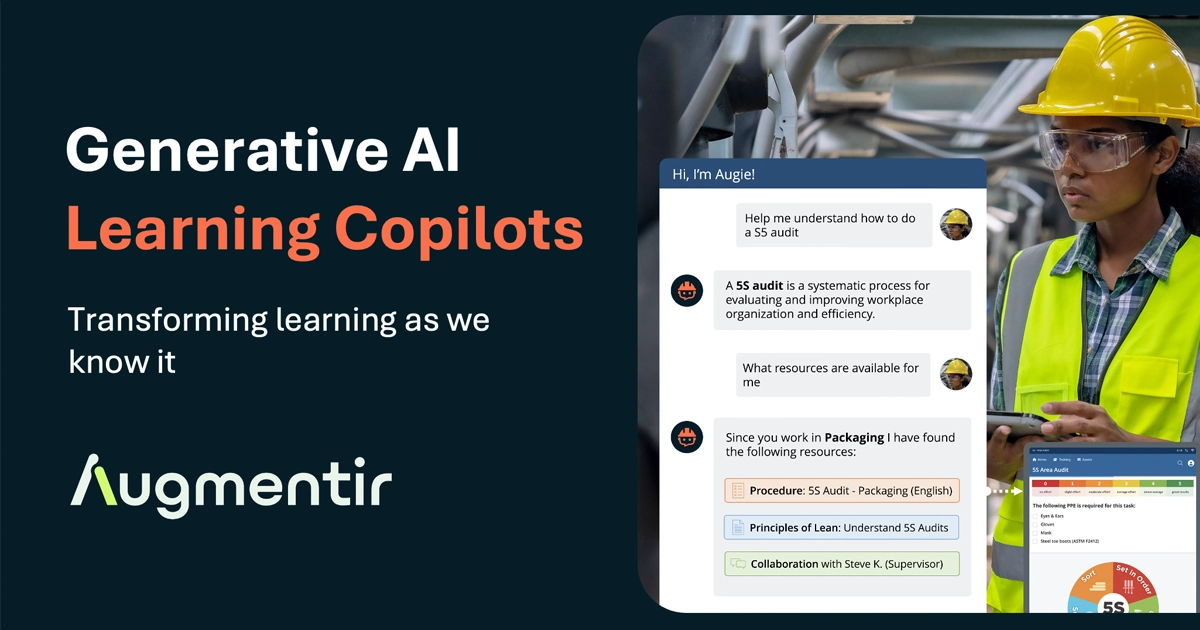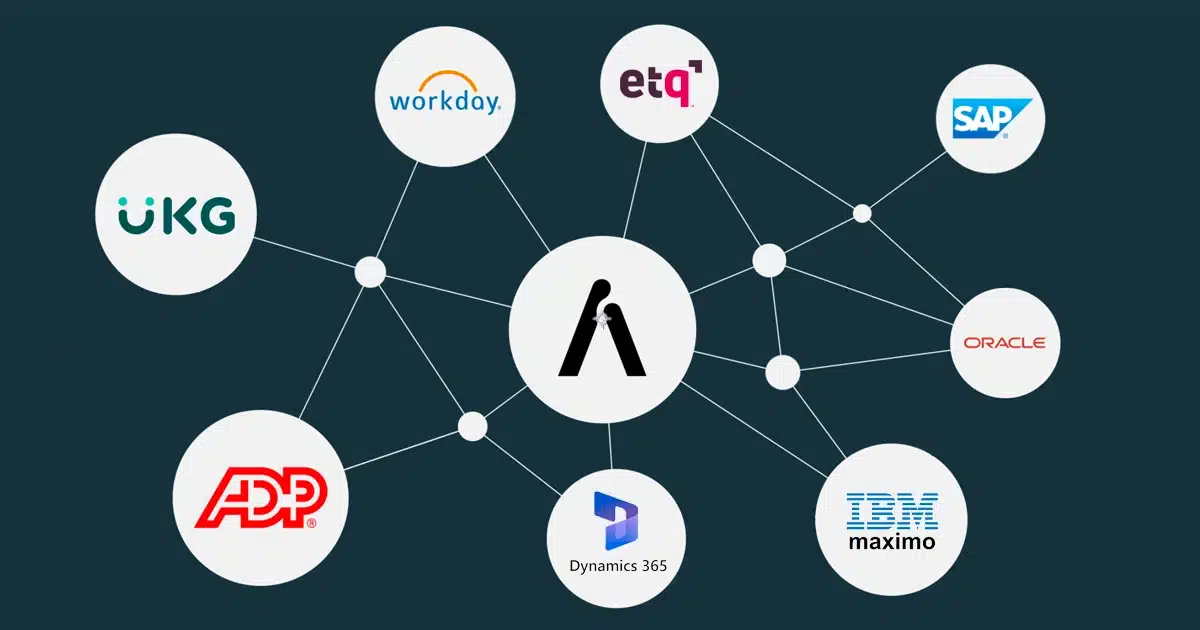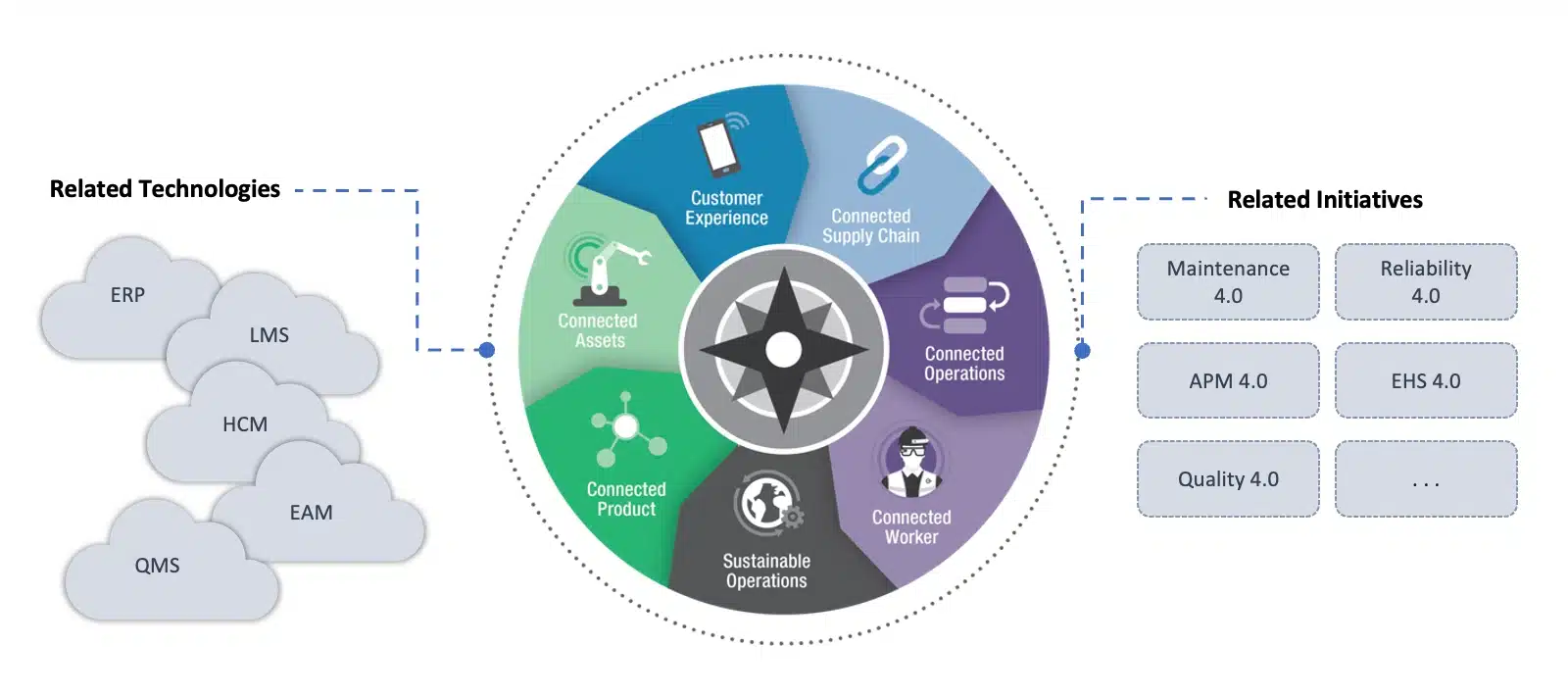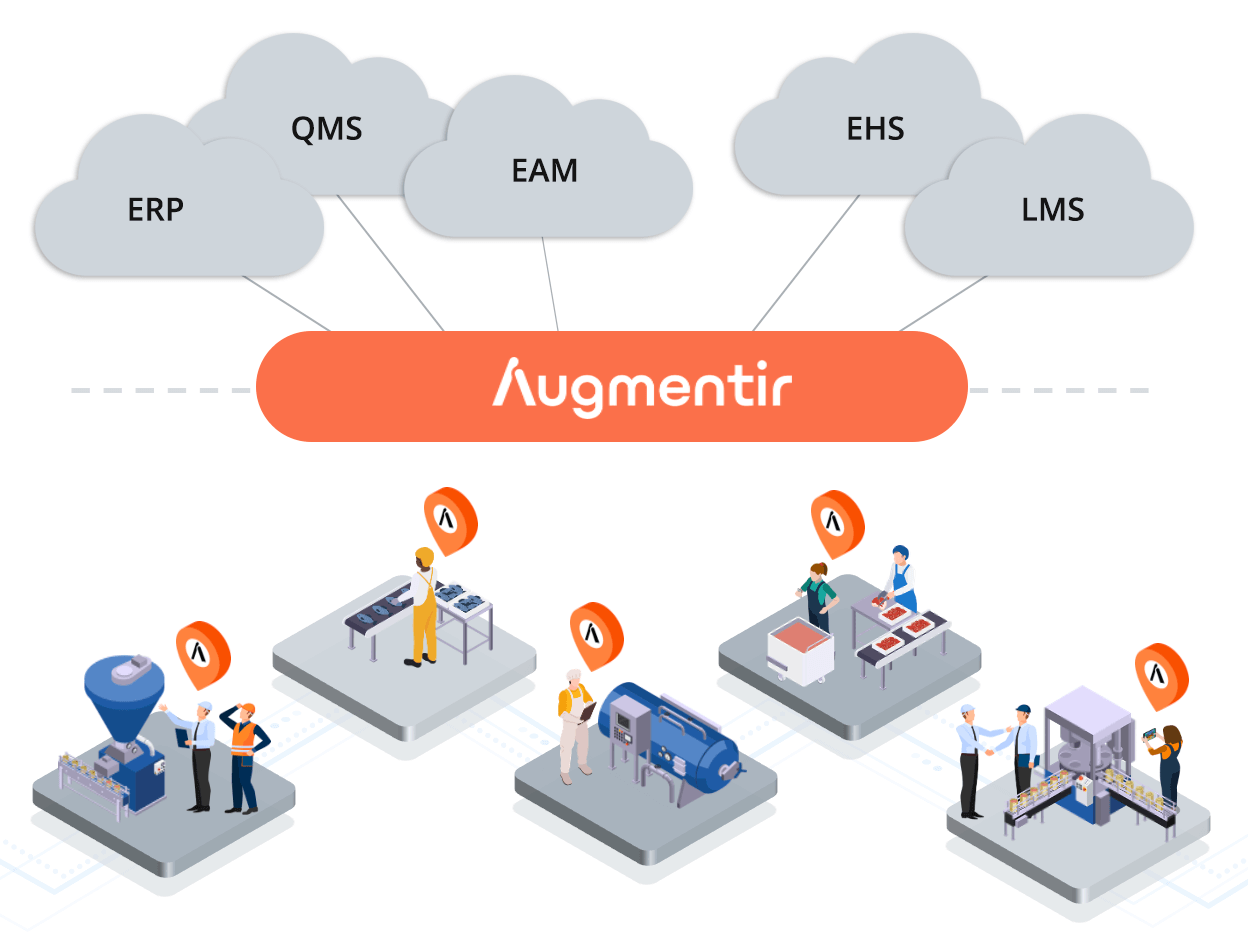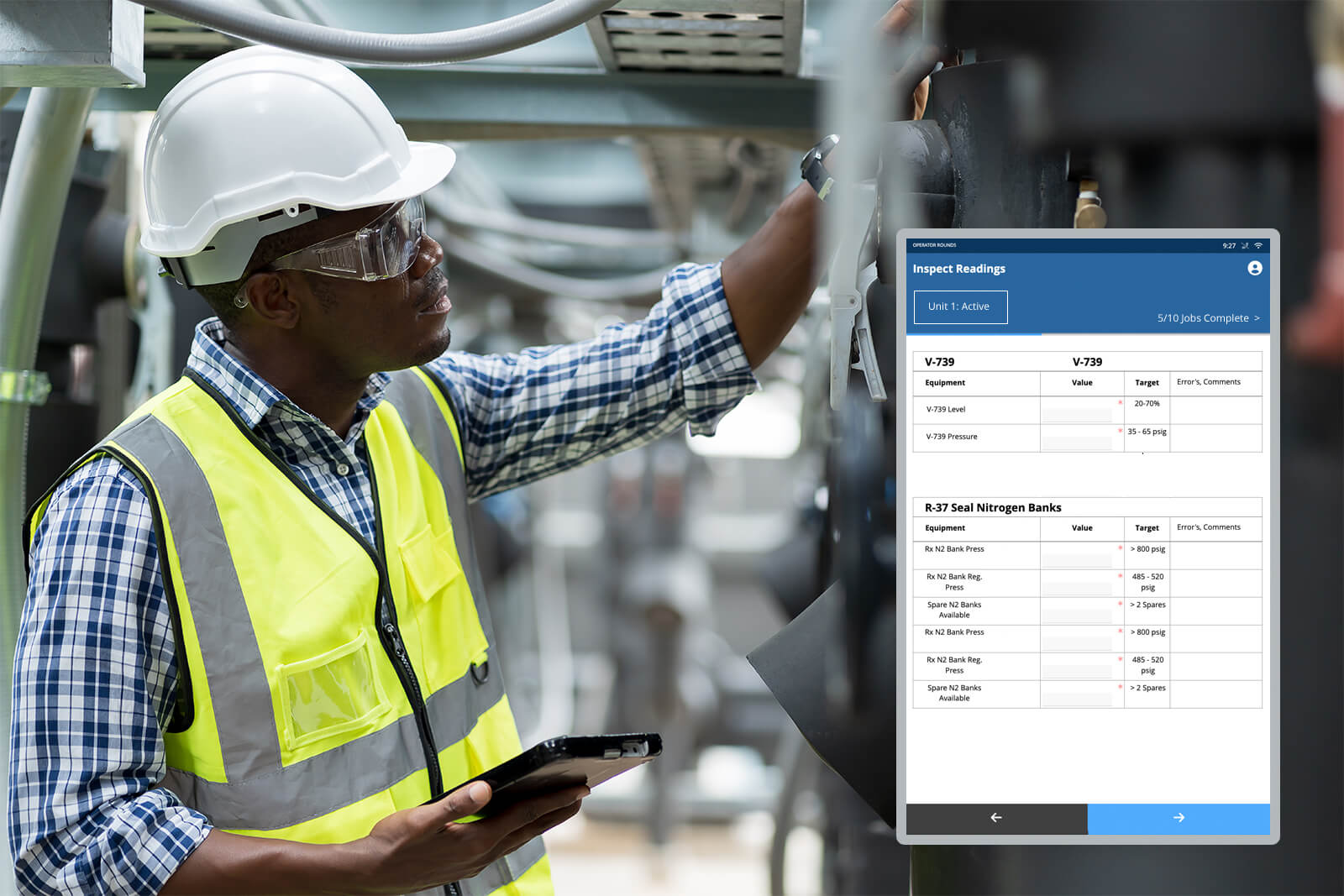Learn how manufacturing data collection can boost your bottom line and how to improve your gathering data techniques.
As manufacturing operations continue to modernize and evolve it is clear that without big data they won’t be able to sustain themselves. More and more manufacturers are looking to the tremendous capabilities and insights that digitized information can provide.
Shop floor data collection enables businesses to better measure, standardize, and optimize their production processes. It’s more important than ever before to have information that provides real-time insights for measurable progress.
Accurate reporting is more sustainable if management deploys a work culture and production infrastructure that supports digitized manufacturing data collection with connected worker platforms and solutions.
We discuss more about collecting data and how to improve it in the following sections:
- Examples of data collection in manufacturing
- What data to keep an eye on
- How to improve production data collection
- Benefits of digitizing shop floor data collection
Examples of data collection in manufacturing
Data collection has many uses in a variety of situations for a wide array of manufacturing roles, from operators and engineers to plant managers and even leadership.
For example:
- Plant managers use production dashboards to better gauge where operators need support, such as when a piece of equipment isn’t working.
- Operators use machine interfaces that show the status of machine processes, part counts, and other measurable data to ensure they are meeting production targets.
- Quality managers use production line data to identify and proactively address quality issues.
- Engineers use collected data to check for any bottlenecks and adjust processes if necessary.
Frontline workers often witness safety, quality, or maintenance issues on the factory floor. They are effectively a “human sensor” on the manufacturing process and can readily identify issues that need to be addressed. Today, recording data and resolving those issues is most often a manual and paper-based process. As such, there is minimal data collection, latency in resolving the issue, and little-to-no feedback to the frontline worker on resolution.
Equipping workers with mobile and digital tools can help optimize shop floor data collection.
Which data to keep an eye on
Data generated on the shop floor can vary depending on the nature of work, the type of devices and technologies used, and the area of operation. Much of this data is of use to manufacturers and can be used to improve production processes.
Useful types of data for manufacturers that we recommend keeping an eye on are:
Inventory data: This type of data helps manufacturers keep track of product inventory. With it they can better gauge what items need to be restocked or which ones aren’t bringing any value to the customer as well as improve forecasting ability and more.
Quality and Inspection data: Ensuring product quality is a priority in manufacturing. Collecting data related to quality control, product inspection, and identifying defects or deviations from the desired standards is crucial to maintaining high-quality products and operations.
Machine data: Optimizing a production process can become difficult if you don’t know the status of your equipment. Manufacturing data collection can be digitized to analyze machine quality and performance, equipment runtime and downtimes, or other machine-related problems. Sensors monitor machine use and downtime, maintenance time, cycle time, and more. Studying this collected data helps identify where production can be improved to optimize efficiency.
Using AI, manufacturers can filter out the “white noise” data (or data that is of no use) to derive actionable insights more effectively than with traditional methods. Automating, standardizing, and digitizing manufacturing processes also improves manufacturing data collection procedures, making them streamlined, accurate, and reliable.
How to improve production data collection
Manufacturing data collection is transforming the way businesses handle their operational decisions. However, it can also pose setbacks to your production line if you gather inaccurate data.
Manufacturers must implement data collection systems that are easy to understand and navigate. You’re risking inconsistent data collection and reporting when you install a system with complicated functions and navigation tools. This can be avoided by focusing on people-centric, intuitive, and user-friendly systems that fit into the everyday flow of work for the frontline workforce.
Implementing a unified system alone won’t improve data collection. Solutions that incorporate enhanced mobile capabilities and provide a truly connected enterprise are able to facilitate and optimize data collection efforts.
Examples of some useful smart, connected solutions to improve manufacturing data collection are:
- Personalized, Digital Work Instructions: these intelligently deliver personalized digital work instructions matched to the needs of each worker in order to deftly guide them through and streamline day-to-day operations.
- Connected Asset Management: these tools help simplify operations and maintenance of facilities, manage work and maintenance procedures, collaboration, and more.
- Skills Management: these systems create visibility into workforce capability and optimize training programs, track individual and team progress, and initiate more targeted training and upskilling.
In addition to all the benefits listed above, these smart, connected worker tools are able to empower frontline workers with improved data-driven decision-making abilities that aid in safety, quality, and productivity efforts.
Benefits of digitizing shop floor data collection
Production data collection can make all the difference to a company’s success and give them a competitive edge. Smart, connected worker solutions enhance collection processes, allowing for real-time data collection, streamlined communication and collaboration between frontline workers.
Data-driven strategies can help with:
- Creating better maintenance procedures based on real-time insights and equipment conditions
- Optimizing worker productivity by minimizing production errors
- Reducing downtime by providing real-time feedback
- Developing higher quality products that increase customer satisfaction
- Cutting supply chain costs due to better forecasting and waste reduction techniques
Implementing accurate, connected worker solutions can take your data collection efforts to the next level. That’s where Augmentir can help. We are the world’s only AI-driven, people-centric smart connected worker solution to standardize and optimize data collection using groundbreaking AI analytics technology.
See how our AI-focused connected worker solutions are driving results and improving data collection and data-driven decision-making across manufacturing operations – schedule a demo now.

